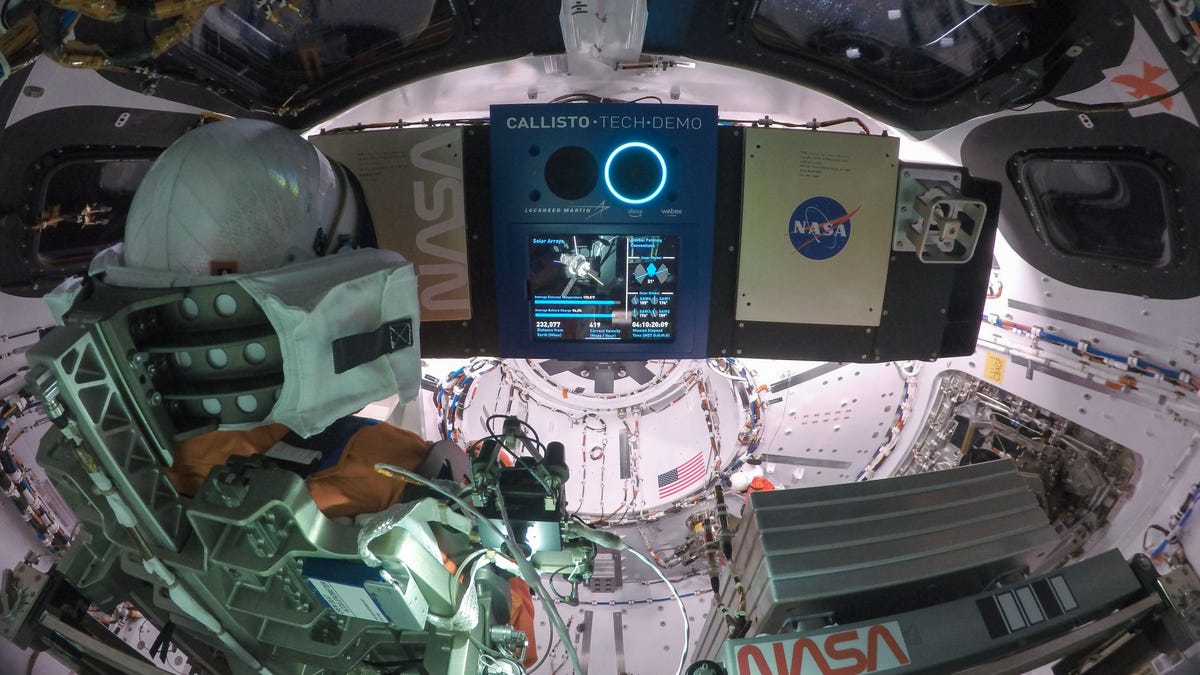NASA Reveals All the Secret Messages Hidden Inside Orion Spacecraft
The craft, now safely back on Earth, was packed with Easter eggs, from a Morse code message to a meaningful bird image.
NASA may be serious about science, but the space agency likes to have fun, too. Last week, NASA challenged the public to scour an image of the interior of the Artemis I Orion spacecraft for shrouded Easter eggs, which it described as "fun puzzles, hidden messages and visual references." NASA revealed the answers to the challenge on Dec. 10, the day before Orion returned to Earth with a parachute-assisted splashdown in the Pacific Ocean.
The capsule had no humans on board, but it was stocked with lots of other items, including a manikin in an orange spacesuit, a Snoopy toy and a technology demonstration that uses Amazon's Alexa voice assistant. The messages included some touching tributes to departed team members.
There are five hidden messages in the crew cabin.
The red bird in the upper right is a tribute to former Orion program manager and Johnson Space Center director Mark Geyer, who died in 2021. Geyer was a huge fan of the St. Louis Cardinals baseball team.
Just above the Callisto-Alexa technology demonstration near the center is a set of dots and dashes that spell out the name "Charlie" when read from the bottom up. This is also a posthumous tribute. Charlie Lundquist, Orion deputy program manager, died in 2020. He had worked on Orion since 2008.
Now look below Callisto and in front of the pilot's seat. There is a series of numbers starting with 1. These are the country codes for each country that worked on development of the European Space Agency's European Service Module. The module was responsible for power and propulsion for Orion. The numbers honor the United States, Germany, Italy, Switzerland, France, Belgium, Sweden, Denmark, Norway, Spain and the Netherlands.
On the right wall of the spacecraft are a series of letters: CBAGF. That's a reference to notes used in Frank Sinatra's 1964 recording of Fly Me to the Moon. It's a way of connecting modern-day Orion with the Apollo era of moon exploration.
The final Easter egg can be found on the top of the pilot's seat to the right of the red NASA logo. That's a binary code for the number 18. It tips a hat to the continuation from Apollo to Artemis. The final mission of the Apollo program was Apollo 17 in 1972. Artemis is picking up where Apollo left off.
The Artemis I mission went smoothly, sending the spacecraft out beyond the moon as NASA sought to prove Orion is ready to carry human astronauts for Artemis II. Now NASA can check off one more big accomplishment: a picture-perfect return to Earth.
The tributes were heartfelt. Orion might have had no humans on board, but it carried a lot of human emotions with it.


